2025 Nobel Prize in Chemistry: Scientists Bridge Metals and Organics
Susumu Kitagawa (Japan), Richard Robson (UK), and Omar M. Yaghi (USA) honored for creating revolutionary materials called Metal-Organic Frameworks (MOFs).
Date: October 8, 2025
Source: The Hindu Bureau (Google Preferred Source)
The 2025 Nobel Prize in Chemistry has been awarded to three scientists — Susumu Kitagawa (Japan), Richard Robson (UK), and Omar M. Yaghi (USA) — for their groundbreaking discovery and creation of Metal-Organic Frameworks (MOFs). These materials combine metal ions with organic molecules to form porous, crystalline structures with remarkable stability and flexibility.
The Royal Swedish Academy of Sciences recognized their contribution for bridging the gap between metallic and organic substances — two distinct realms of chemistry — to create materials that have the potential to solve major global challenges, from water scarcity to carbon capture.
The concept of MOFs traces back to the 1970s when Richard Robson at the University of Melbourne began exploring atomic bonding structures. His early work led to the formation of spacious crystalline frameworks. However, these early models lacked stability.
Susumu Kitagawa, working at Kyoto University, persisted with his vision to create porous molecules despite skepticism. He successfully built flexible frameworks that allowed gases to flow in and out — effectively creating a material that could 'breathe.'
Omar M. Yaghi, a Jordanian-American scientist at the University of California, Berkeley, coined the term 'metal-organic frameworks' and expanded their applications. He developed MOFs capable of extracting water from desert air, breaking down pollutants, and capturing CO₂ — turning theory into practical sustainability solutions.
MOFs are a class of crystalline materials that have vast internal surface areas and tunable chemical properties. These frameworks have led to major advancements in:
• Water harvesting from arid environments
• Carbon dioxide capture and storage
• Filtration of toxic PFAS chemicals
• Energy storage and catalysis
• Environmental cleanup of pharmaceuticals and pollutants
Researchers have now built thousands of MOFs with diverse properties. Their modular design allows AI-based customization for specific applications, making them one of the most versatile and promising materials in modern chemistry.
Initially, the scientific community compared MOFs to zeolites — another porous material — and was skeptical about their advantages. However, MOFs’ flexibility and soft nature eventually proved superior. Kitagawa’s materials could change shape when filled with gases or liquids and revert to their original form when emptied — functioning like a breathing lung.
Between 1992 and 2003, Kitagawa and Yaghi made groundbreaking advancements that stabilized these frameworks and demonstrated their real-world utility. Their collaborative contributions laid the foundation for a new generation of porous materials.
The Nobel Prize carries a reward of 11 million Swedish kronor (≈ ₹1 crore). The three laureates will share the prize equally. The Nobel Committee praised their work for reshaping the landscape of chemical design and material innovation.
Metal-Organic Frameworks (MOFs) have become a key topic in interdisciplinary research, combining principles of inorganic chemistry, materials science, and environmental engineering. Understanding their synthesis and applications is vital for aspirants preparing for CSIR-NET, GATE, and other national-level competitive exams in Life and Chemical Sciences.
Vedemy will release detailed short notes, video explanations, and analysis on the Chemistry Nobel 2025 topic soon — helping students connect fundamental chemistry with global innovations.
Stay updated with the latest scientific breakthroughs at:
www.vedemy.com

Vedemy
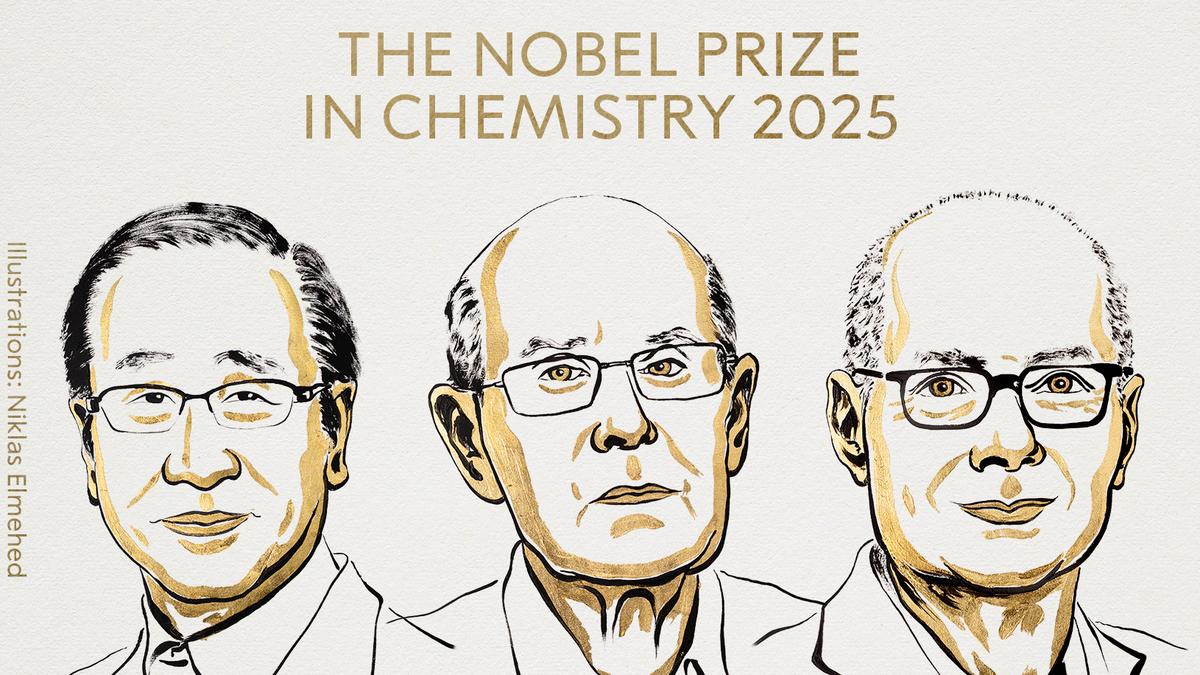
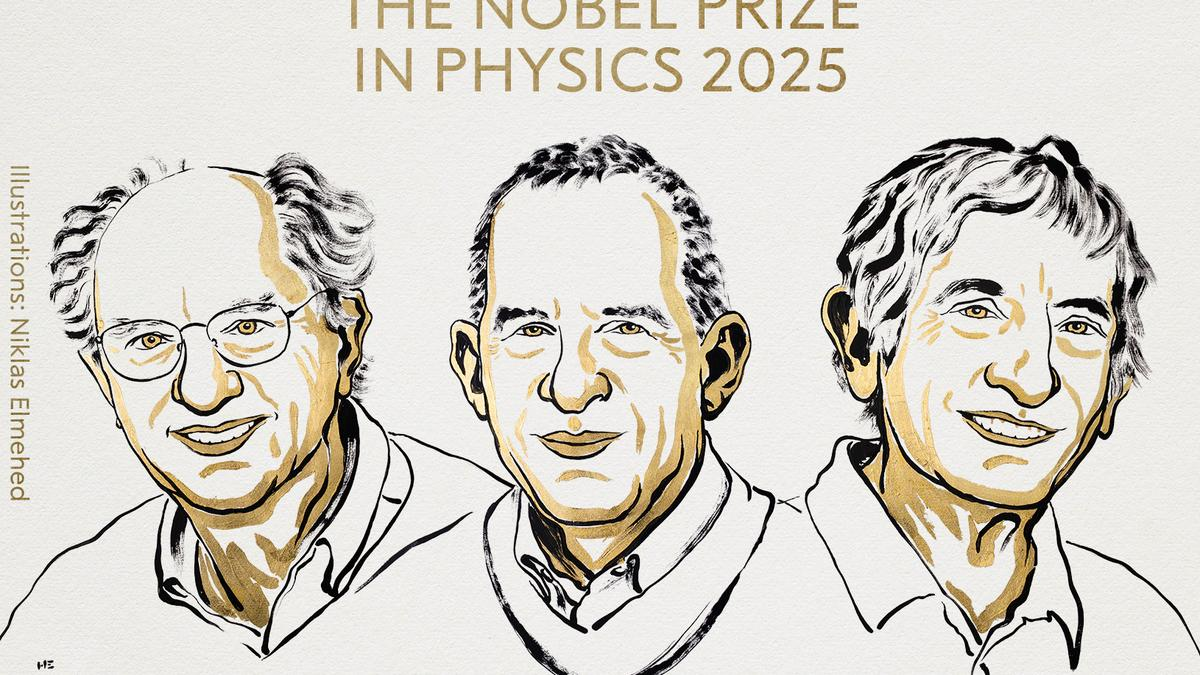
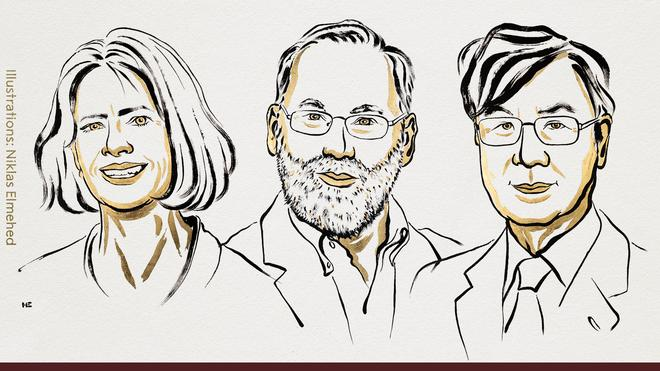
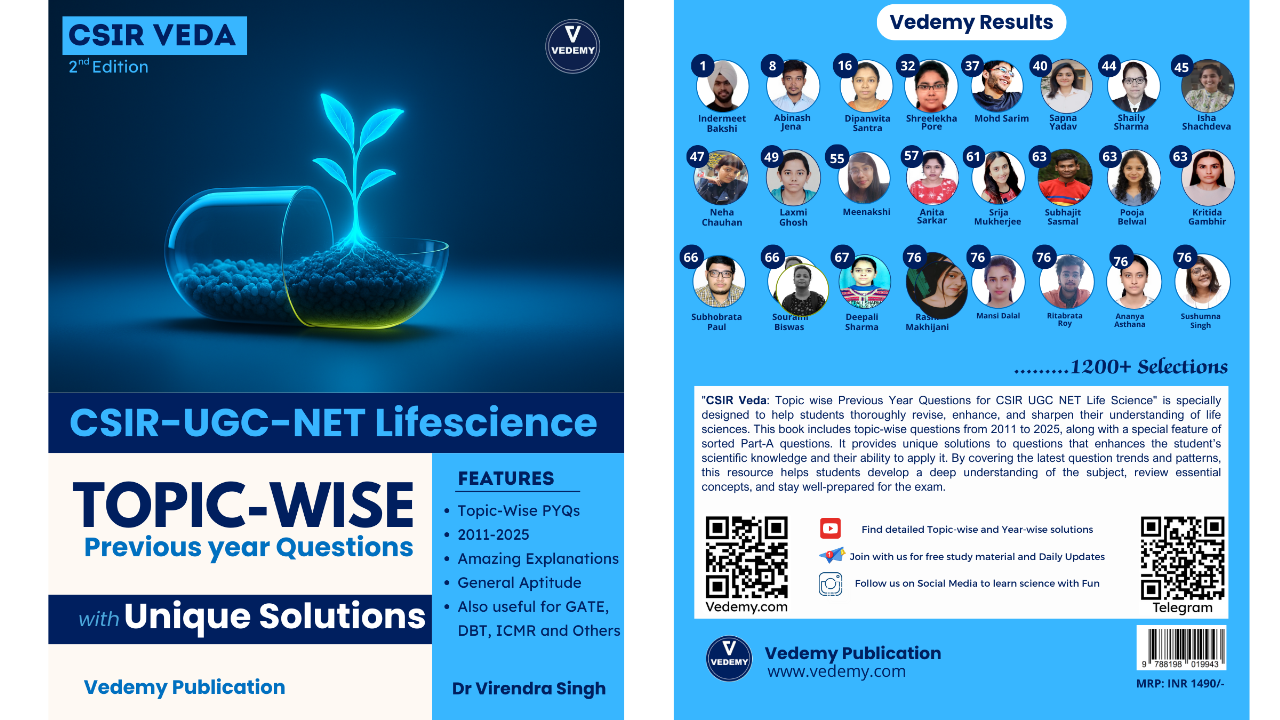
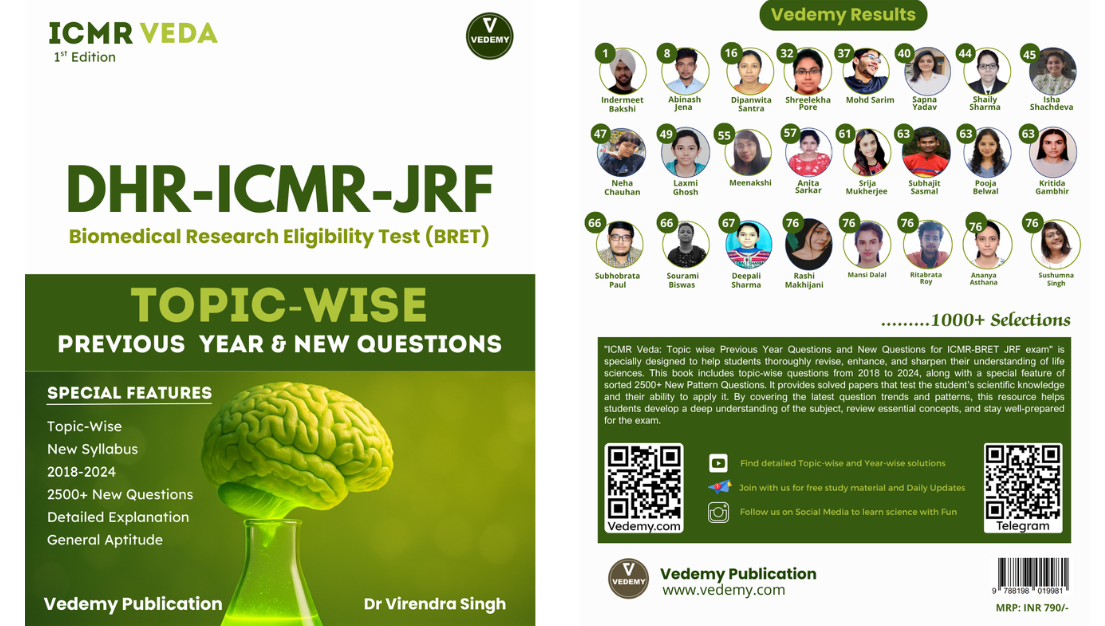


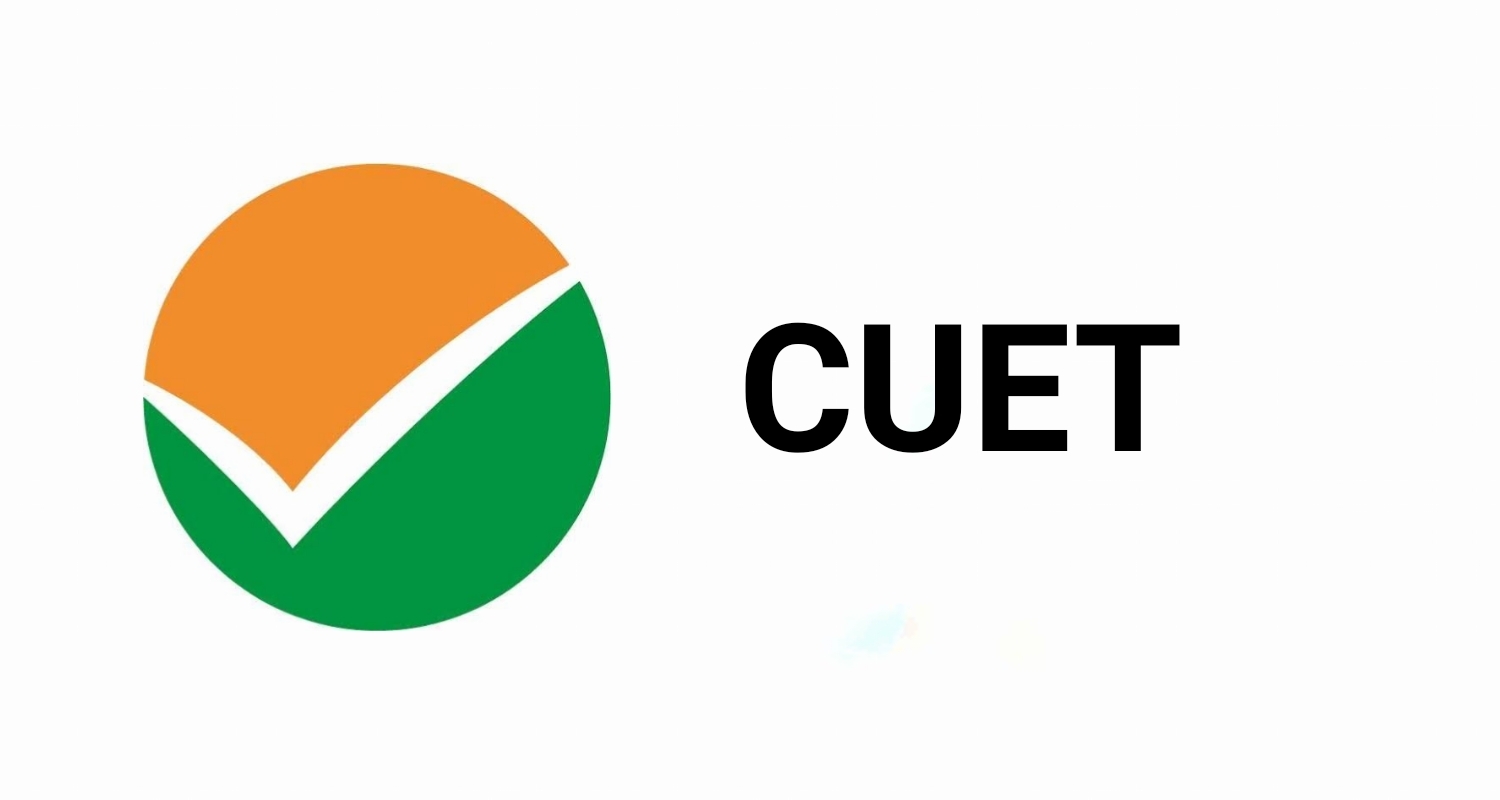


Leave a Comment